
Exocytosis Definition, Types, Steps, Examples YouTube
Endocytosis is a type of active transport that moves particles, such as large molecules, parts of cells, and even whole cells, into a cell. There are different variations of endocytosis, but all share a common characteristic: the plasma membrane of the cell invaginates, forming a pocket around the target particle.
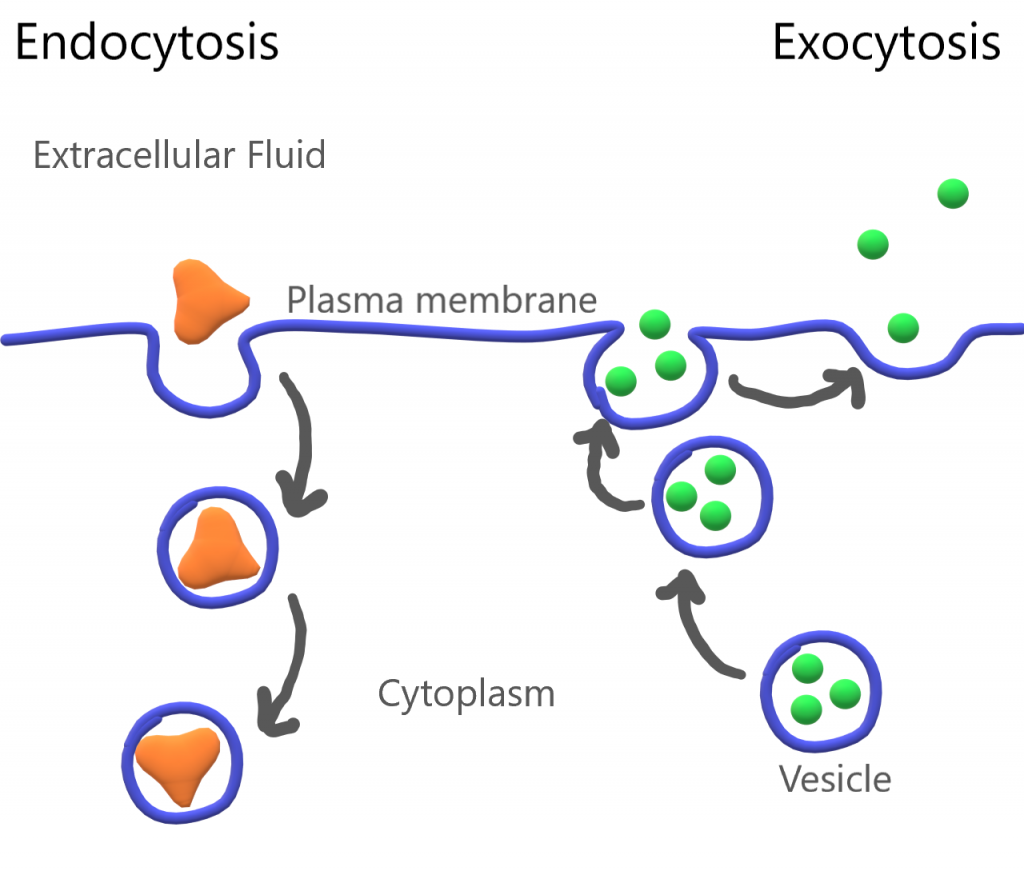
4.8 Active Transport Human Biology
Exocytosis is the process of moving materials from within a cell to the exterior of the cell. This process requires energy and is therefore a type of active transport. Exocytosis is an important process of plant and animal cells as it performs the opposite function of endocytosis. In endocytosis, substances that are external to a cell are.
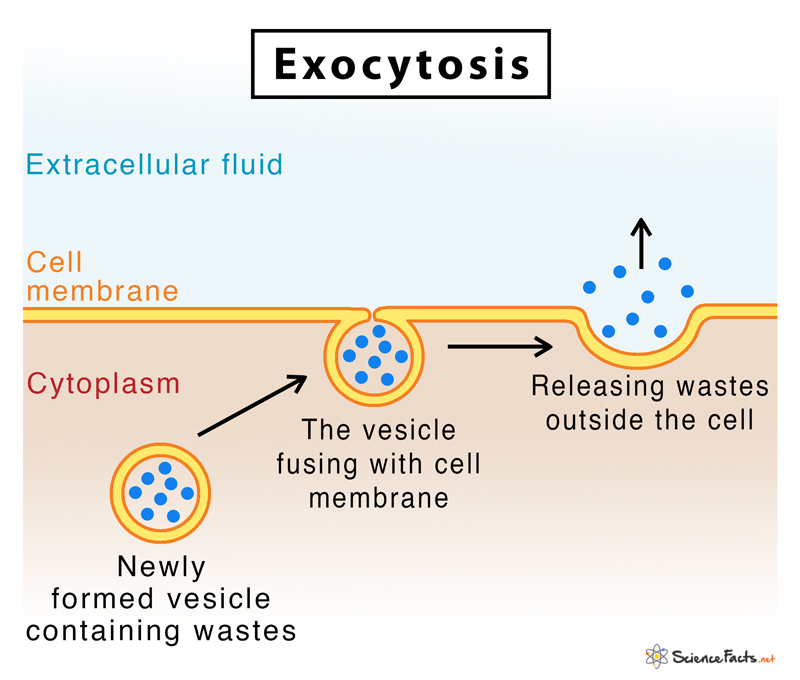
Exocytosis Definition, Functions with Examples, & Diagram
Exocytosis is a process that occurs when a cell moves large materials from inside the cell to the outside of the cell using small spheres of membrane called vesicles. This process is a form of.

Exocytosis Process Diagram
Exocytosis ( exo = external, cytosis = transport mechanism) is a form of bulk transport in which materials are transported from the inside to the outside of the cell in membrane-bound vesicles that fuse with the plasma membrane. Diagram illustrating the process of exocytosis.
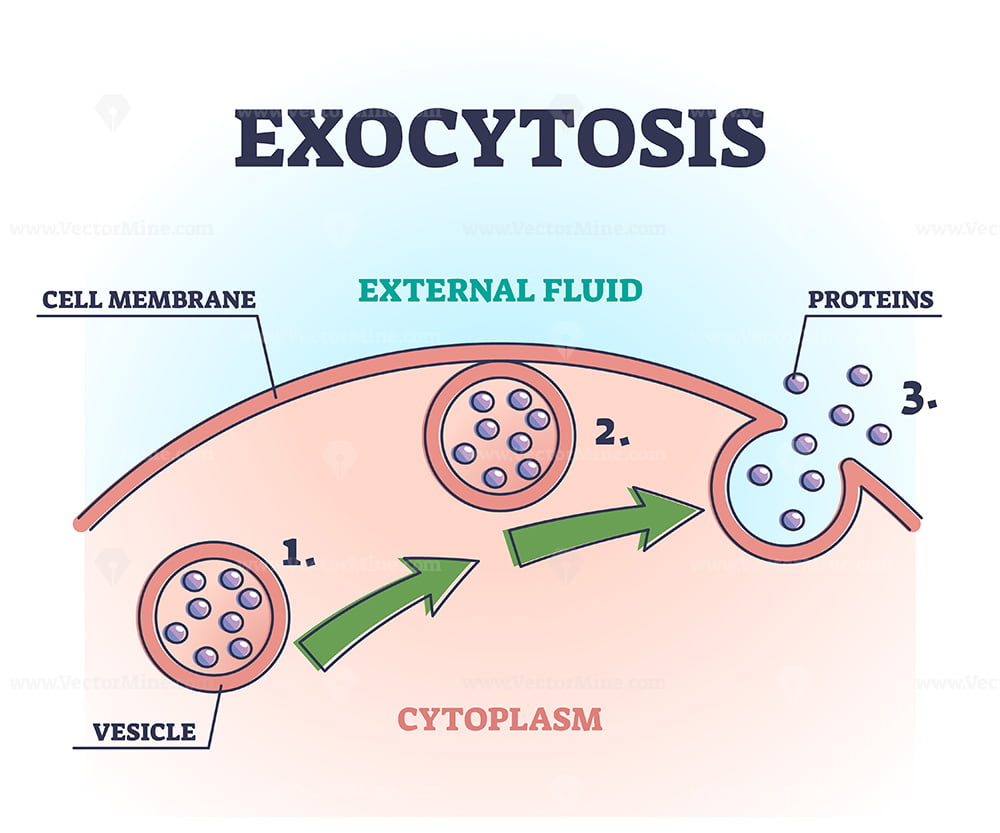
Exocytosis Types Steps And Examples
The secretion of neurotransmitters at synapses between neurons is an example of exocytosis.. For example, when microorganisms invade the human body, a type of white blood cell called a neutrophil will remove the invaders through this process, surrounding and engulfing the microorganism, which is then destroyed by the neutrophil (Figure 5.20).
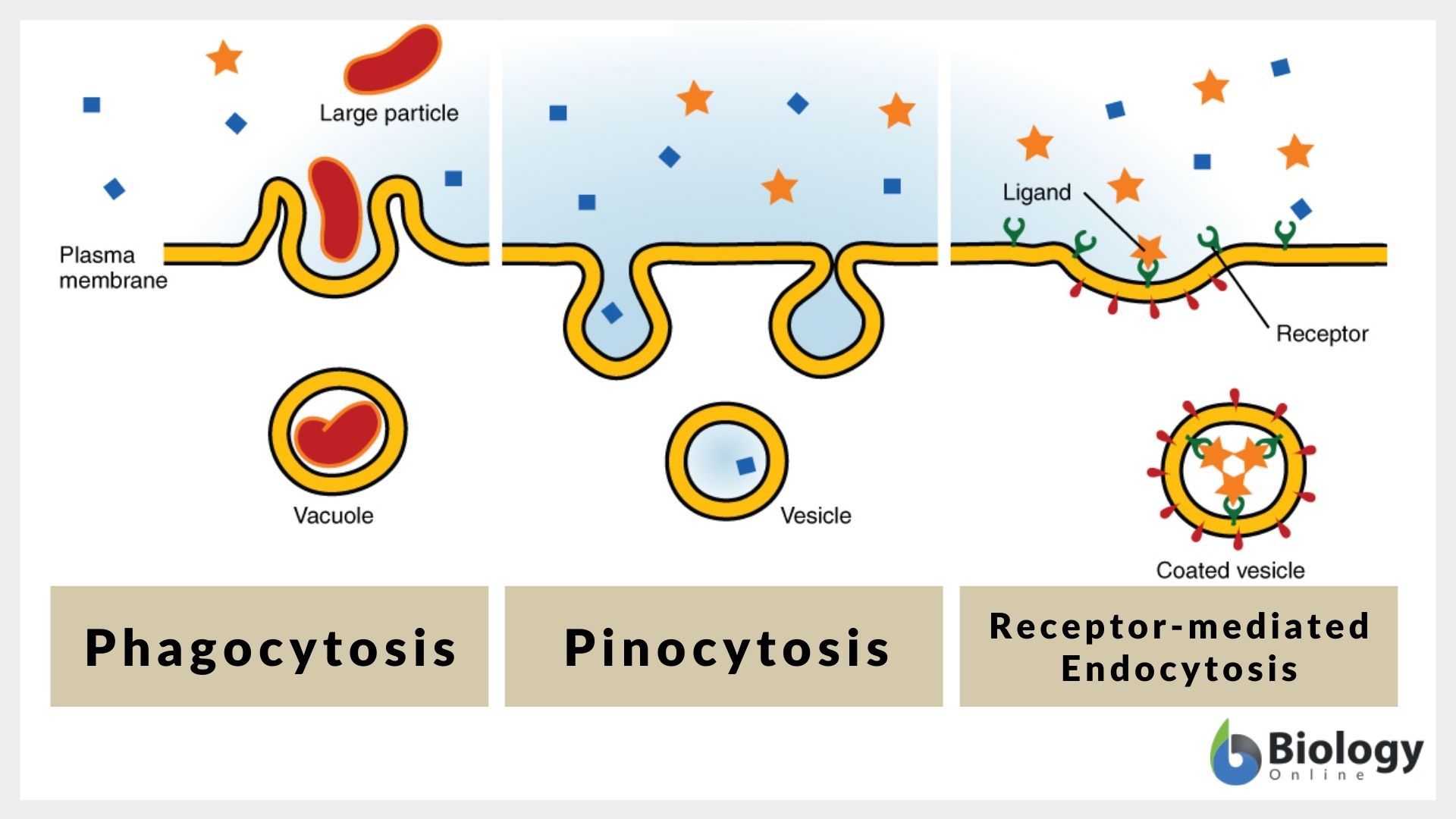
Plasma membrane Definition and Examples Biology Online Dictionary
Exocytosis is mainly to excrete the waste products from the cell to the extracellular space. Exocytosis examples are discussed below: Transport of glucagon from the pancreas to the liver. It is processed there to facilitate absorption into the bloodstream. Transport of protein-filled vesicles from T cells to microbe-contaminated cells.

Exocytosis Definition & Examples Video & Lesson Transcript
Examples of exocytosis include: Transportation of glucagon from the pancreas into the liver where it is further processed for easier absorption into the blood stream. Transportation of protein-filled vesicles from T cells to viral infected cells. Elimination of carbon dioxide and water, which are waste products generated during aerobic respiration.
:max_bytes(150000):strip_icc()/exocytosis_2-5ae36dab04d1cf003cef3c48.jpg)
A Definition of Exocytosis With Steps and Examples
Endocytosis and Exocytosis. Endocytosis is the process of capturing a substance or particle from outside the cell by engulfing it with the cell membrane.The membrane folds over the substance and it becomes completely enclosed by the membrane. At this point a membrane-bound sac, or vesicle, pinches off and moves the substance into the cytosol.

Exocytosis Biology for NonMajors I
Endocytosis vs exocytosis. Endocytosis involves cells taking in substances from outside the cell by engulfing them in a vesicle derived from the cell membrane. Exocytosis is where cells shift materials, such as waste products, from inside the cell to the extracellular space. The materials are engulfed in a vesicle, again derived from the cell.
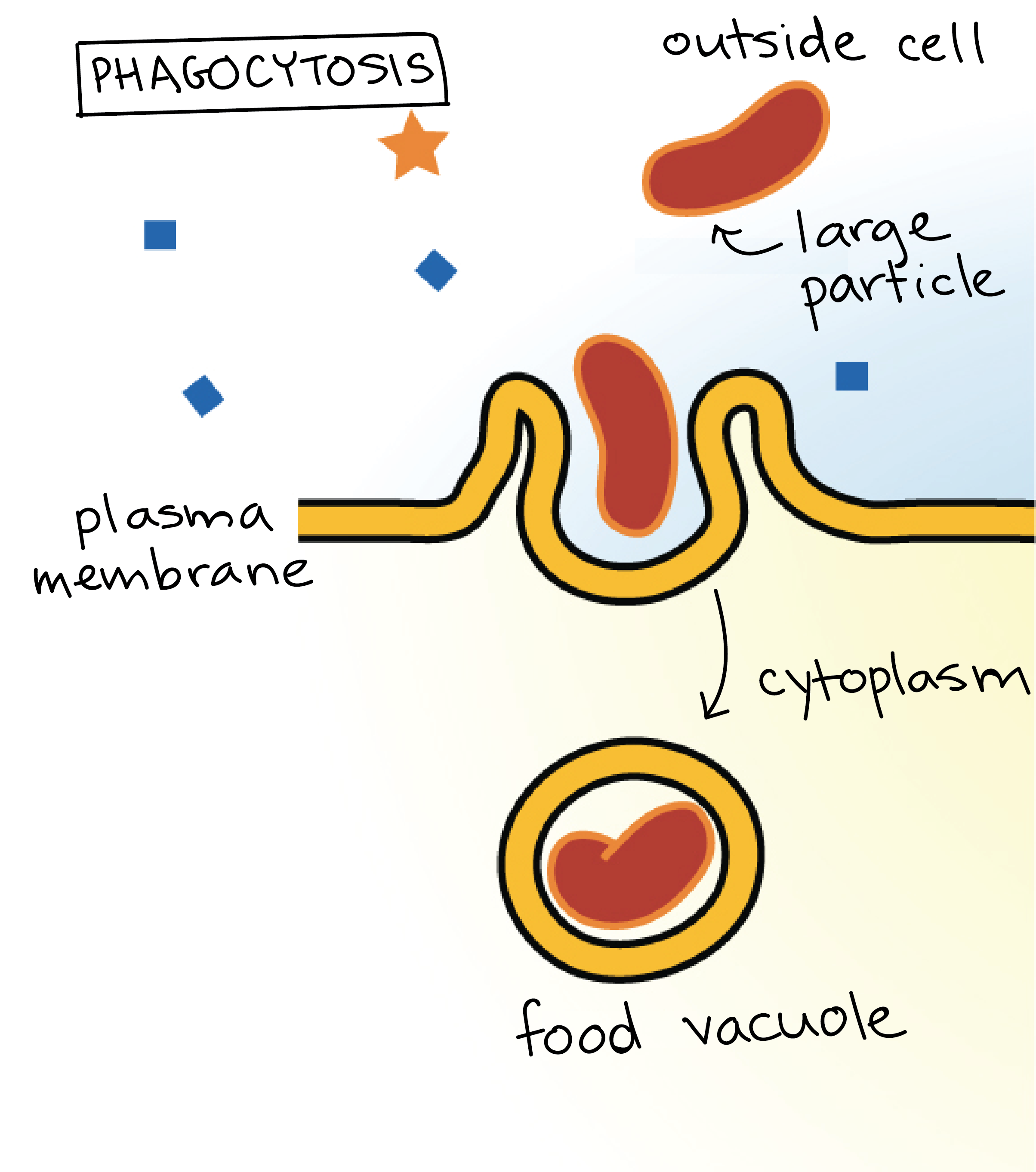
Exocytosis Process Diagram
Exocytosis is used continuously by plant and animal cells to excrete waste from the cells. Figure 5.14.1 5.14. 1: Exocytosis: In exocytosis, vesicles containing substances fuse with the plasma membrane. The contents are then released to the exterior of the cell. Exocytosis is composed of five main stages.

Exocytosis Types Steps And Examples
Exocytosis is a means of membrane transportation that expels the intracellular material out of the cell. The transport of the substance is mediated by the vesicles that eliminate the cell debris and release specific proteins, enzymes, hormones etc., outside the cell.. It is a type of active transport mechanism that makes the use of ATP.Examples of exocytosis include the release of enzymes into.
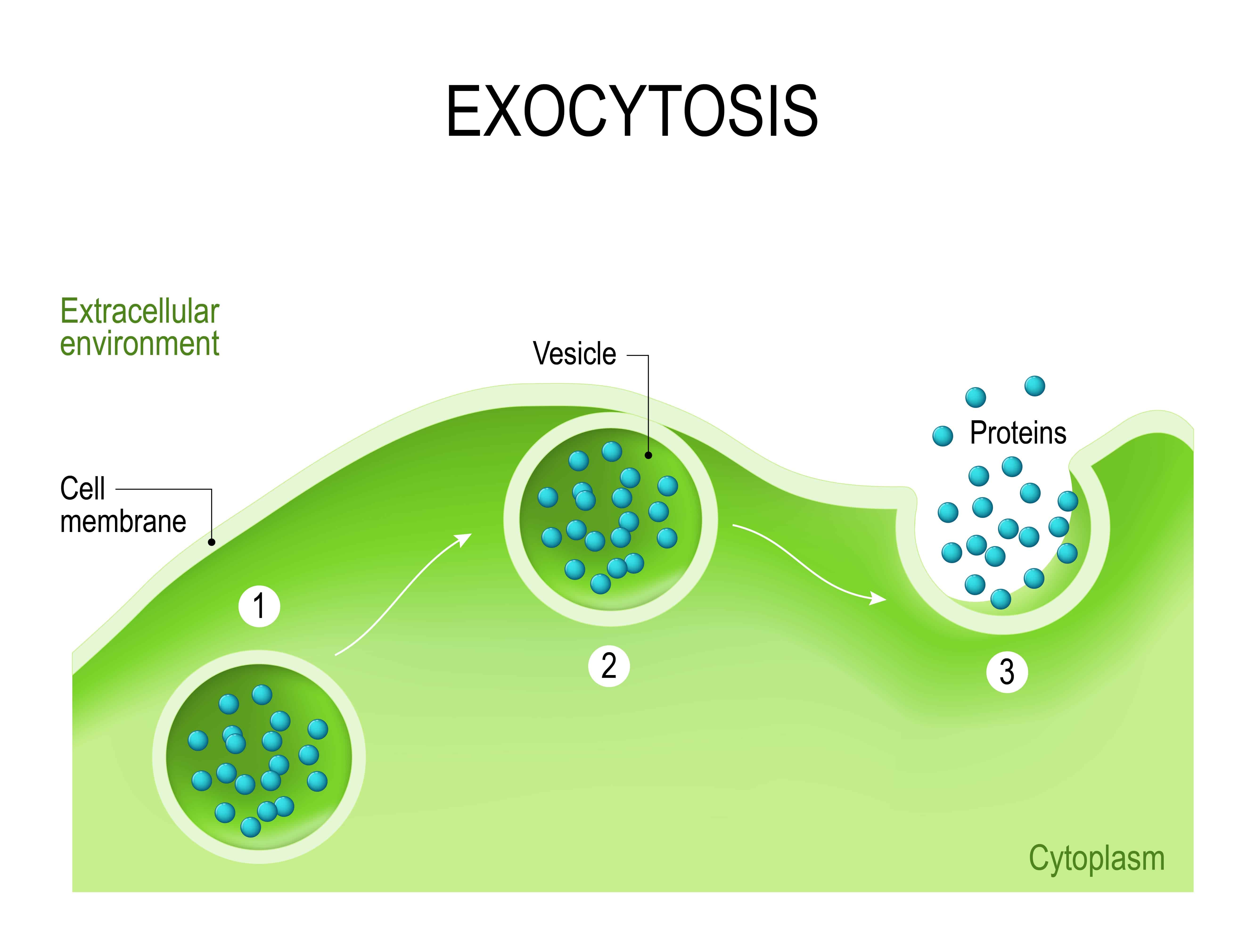
Exocytosis Types Steps And Examples
Exocytosis provides the opposite function and pushes molecules out of the cell. Like all systems in the human body, the need for homeostasis enables an equal flow of molecules in and out of the cell. This means the amount of molecules entering the cell by endocytosis is equal to the amount of molecules exiting the cell via exocytosis.

Exocytosis Definition, Process, Types, Examples and FAQs
Other examples of cells releasing molecules via exocytosis include the secretion of proteins of the extracellular matrix and secretion of neurotransmitters into the synaptic cleft by synaptic vesicles. Figure 4. In exocytosis, vesicles containing substances fuse with the plasma membrane. The contents are then released to the exterior of the cell.

What is exocytosis in a cell? examples, process, and function
Endocytosis and exocytosis are examples of active transport mechanisms Examples of Active Transport Sodium Potassium Pump. One of the most important active transport proteins in animals is the sodium-potassium pump. As animals, our nervous system functions by maintaining a difference in ion concentrations between the inside and outside of nerve.
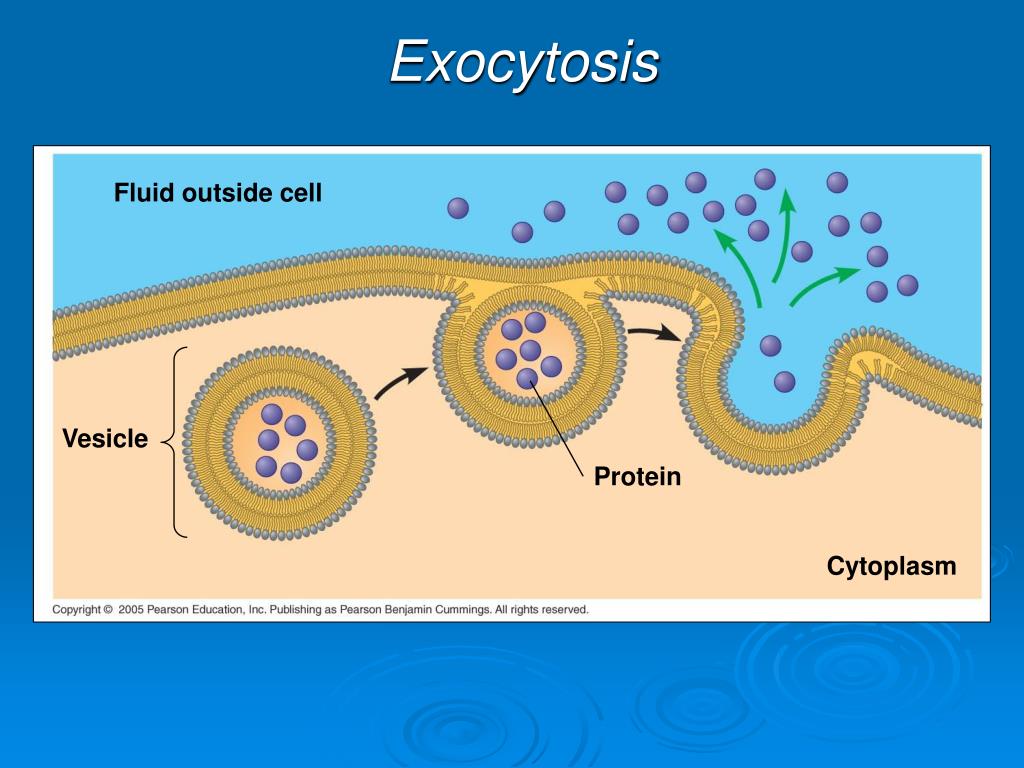
PPT Membrane Structure and Function PowerPoint Presentation ID432236
There are three common pathways of exocytosis occurring in different cell types; they are as follows: Constitutive exocytosis: Also known as the non-Ca 2+ triggered constitutive exocytosis, it is performed by all body cells. This process delivers membrane proteins and lipids to the cell surface and also helps in the elimination of substances from the cell's exterior.
:max_bytes(150000):strip_icc()/exocytosis_process-5ae370b4a9d4f900373c9b48.jpg)
A Definition of Exocytosis With Steps and Examples
Exocytosis (/ ˌ ɛ k s oʊ s aɪ ˈ t oʊ s ɪ s /) is a form of active transport and bulk transport in which a cell transports molecules (e.g., neurotransmitters and proteins) out of the cell (exo-+ cytosis).As an active transport mechanism, exocytosis requires the use of energy to transport material. Exocytosis and its counterpart, endocytosis, are used by all cells because most chemical.